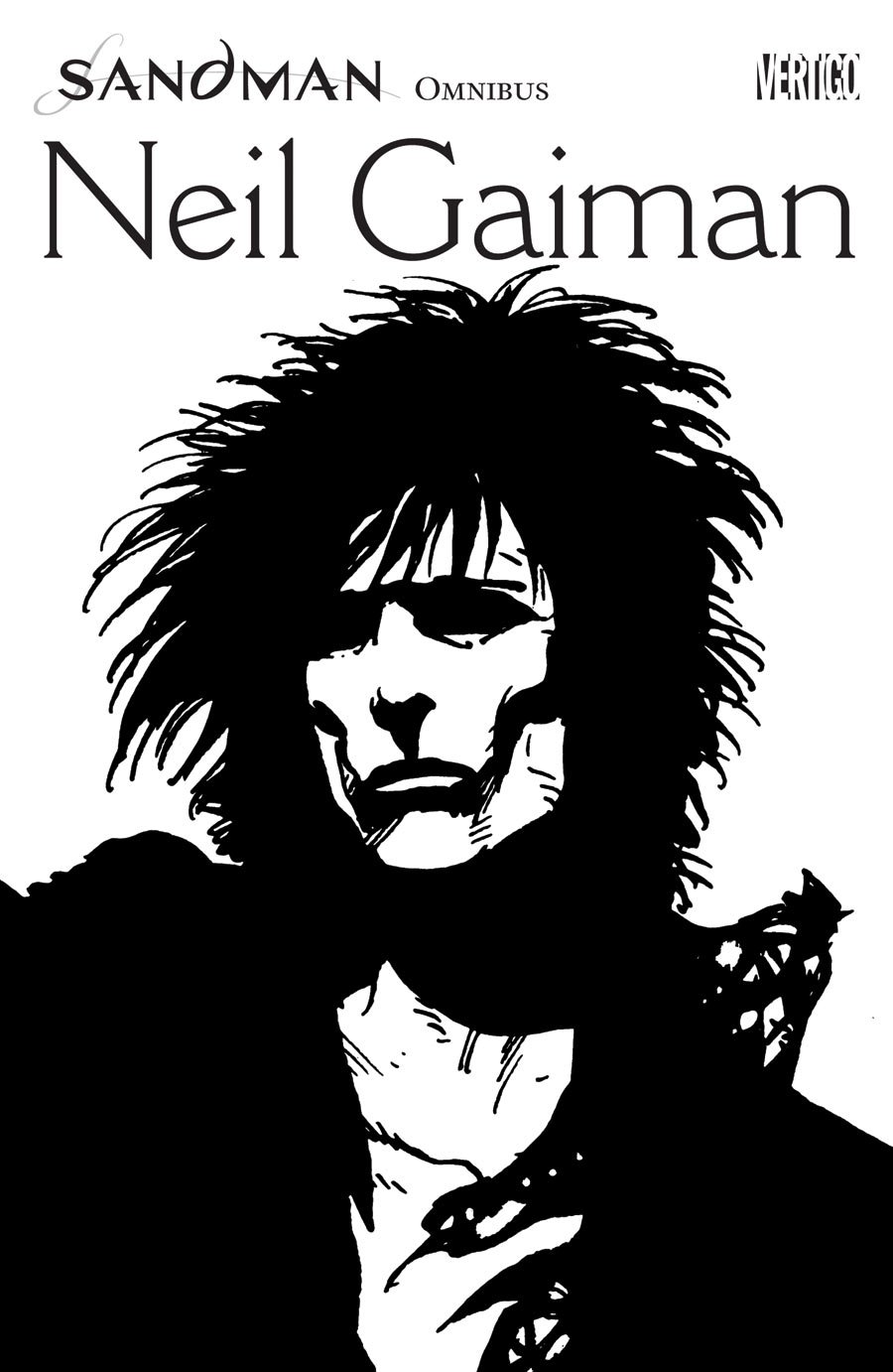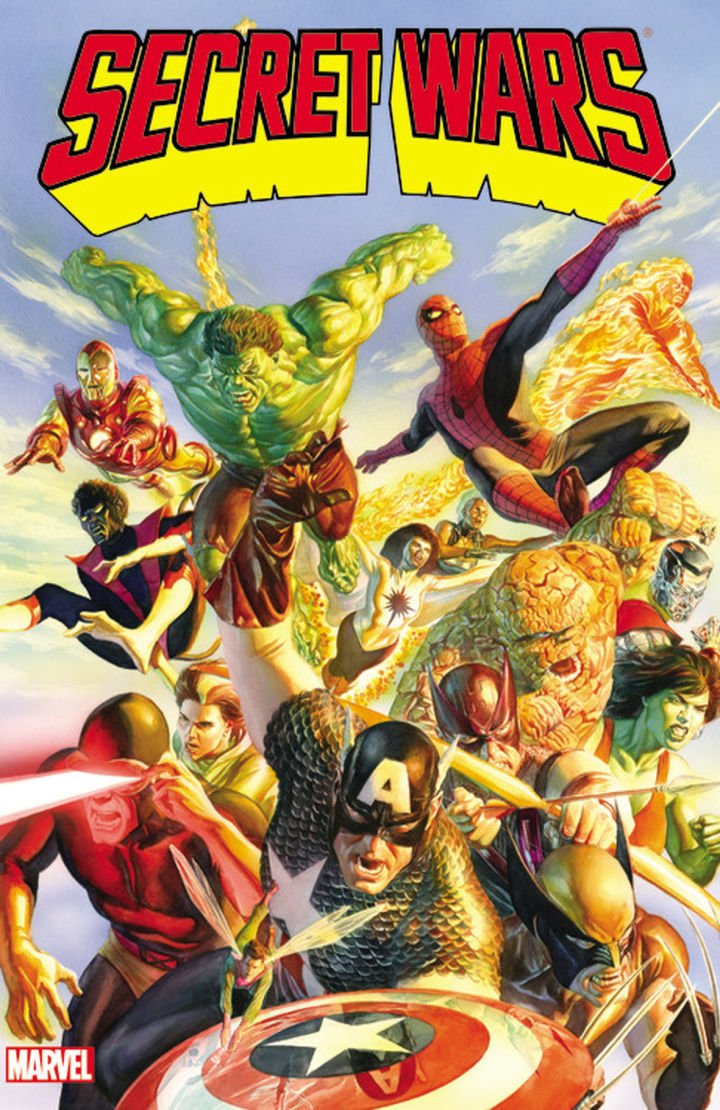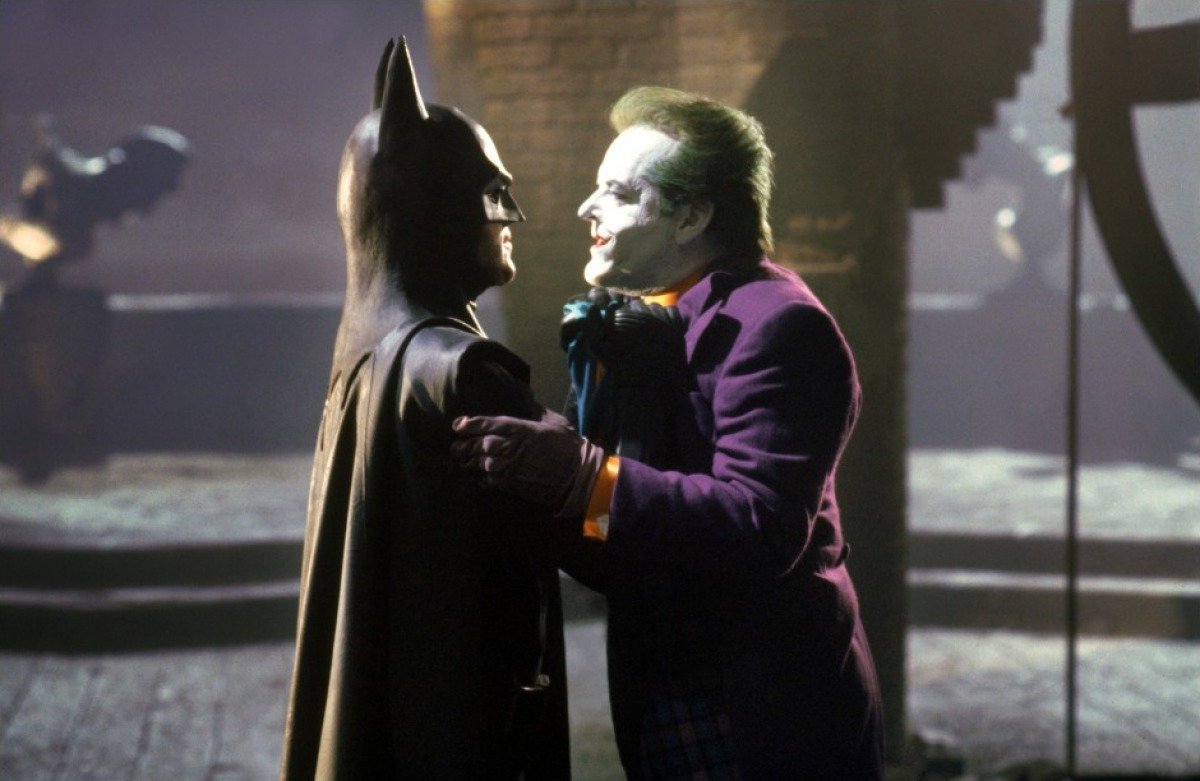From Panel to Projection Booth |7| – Invasion, Crisis, and the Silver Screen
In the final part of Eoin Rogers’ series on the history of the comic books, he looks at the invasion of British writers and it’s consequences.
Alan Moore’s huge critical success with Watchmen was to usher in an entire new wave of creative talent which would take the comic book industry from strength to strength. Noticing the growing popularity of more sophisticated, if not avant-garde stories, and keenly wanting to cash in on the creative stir of Watchmen, executives at DC decided to follow the roots of Moore’s success and began to recruit British artists and writers to help give their titles an edgy, mature, and sophisticated quality. In 1983 it was undoubtedly too far away to see coming but by the close of the 1980s the signs were clear: a phantom hand stirring in the bayou, a return to the dreaming, a doomed patrol, and a failure of the watch men. All that was missing was a lone horsemen crying “The Redcoats are coming! The Redcoats are coming!” Invasion was inevitable.

Karen Berger was chiefly responsible for recruiting many of the writers and artists who would, years later, go on to dominate the industry as superstar creators. The then relatively unknown writer and journalist Neil Gaiman had picked up a copy of Alan Moore’s The Saga of Swamp Thing in a train station and was so impressed by the writing he began to pursue his own career as a comic book writer. By 1988 he and Dave McKean had been hired to revitalize the character Black Orchid which resulted in a successful three issue miniseries. On the back of this success Gaiman was approached to reinvent the character of Wesley Dodds who fought crime in the Golden Age of the 1940s under the guise of The Sandman. Gaiman took the germ of the character and grew his own orchard from it; the vigilante hero was replaced by the anthropomorphic embodiment of all human dreams, Morpheus; adventures and bad guys were replaced by meanderings through the collective human unconscious and tragic heroes from mythology like Odin, Loki, Orpheus, and Satan. A mixture of human drama, fantasy, comparative mythology, and good old fashioned comic book adventures, The Sandman would go on to be one of the most critically acclaimed and popular series of all time running for seven years and becoming the flagship title of Vertigo, the DC owned imprint which specialized in titles for mature readers, where many of the writers who pioneered the British Invasion cut their cut. Through the crash of the comics market which took place through the 1990s Gaiman’s The Sandman retained steady sales and at certain points the niche fantasy title was outselling DCs biggest hitters Batman and Superman.
Scotsman Grant Morrison was given creative control of Animal Man, a relatively unknown hero at the time, and brought his signature brand of cerebral post-modernism to the title in 1988. Animal Man (Buddy Baker) meets his maker, well writer, facing off against Morrison himself in the pages which Morrison himself wrote. Morrison would continue to pen this zany style with the Doom Patrol where sentient transvestite roads, or Dany the Street, secret societies of Dadaist anarchists, and Scissormen would all threaten reality and the equally as bizarre team members of the Doom Patrol would attempt to oppose them.
Dave McKean, Dave Gibbons, Peter Milligan, and later Warren Ellis and Garth Ennis, would all come to be associated with the British Invasion. The Invasion was characterised most obviously by the titular geographic marker of origin but also by a shift in style as most writers brought greater linguistic realism to their writing (aka more natural dialogue) while artists began to branch out into more abstract and avant-garde representations of reality. These creators also tended to resist the more accepted tropes of superhero comic book fiction (with the exception of Morrison who readily embraced them) and leant towards other genres such as a horror and fantasy in which to ground their work. The overwhelming result was the creation of a host of titles intended for mature audiences. With this influx Karen Berger, former editor at DC Comics, was made founding editor of Vertigo in 1993. Vertigo would be a home for these more mature titles where creators would be free to create without the restrictions of the Comics Code impeding their work.

As comic books reached towards the dizzying height of avant-garde literature publishers were trying to deal with a much more grounded issue; money. Critical acclaim was all well and good but to bring in the bacon publishers had to appeal to their core demographic; children. Toy manufacturer Mattel was looking to launch a new line of products featuring many of Marvel’s licensed properties. Mattel requested certain specifications, new costumes for established characters, new weapons, vehicles, and headquarters, all of which would help them flesh out their line of merchandise. Working with the data from Mattel’s focus groups Marvel came out with the huge crossover event; Secret Wars.
Published from 1984-85 Secret Wars featured a story which included the most popular Marvel heroes and villains all together in one title. The big-bad Beyonder scoops up the Avengers, Fantastic Four, X-Men and a handful of others as well as a shed-load of villains, including Doctor Octopus, Doctor Doom, and Magneto, teleports them to Battleworld and issues the decree they must fight until there is a victor. In this huge cross over event Marvel established a trope and structure of storytelling which is still used today, namely event comics. Spider-Man famously first donned his black suit which would later spawn the evil symbiotic alien arch-fiend Venom.
DC weren’t far behind and in 1985 they published Crisis on Infinite Earths. With a publishing history of 50 years under their belts and with DCs various universes and the multiple lines of contradictory, criss-crossing continuity, the company managed to utilize the event comic to streamline its entire catalogue of characters. Hell bent on eradicating all existence of the Anti-Monitor causes a catastrophic series of events which eventually results in the DC multiverse coalescing into a singular world (taking the most popular versions of the most popular characters and setting straight their origin stories once and for all.) The price of such heavy handed retroactive continuity? The Flash, the hero who had first crossed the boundary between the worlds so many years ago was sacrificed so that things could be a little bit easier to digest for readers.
Both Secret Wars and Crisis of Infinite Earths would go on to influence comic books, their sales, and creative development for decades. Summer event titles became a mainstay of the industry where universe spanning mini series featuring all the most popular characters would be released such as Civil War, House of M, Zero Hour: Crisis in Time, and Infinite Crisis.
By the end of 1980s comics were covering a huge amount of ground providing fiction for both the adult and child orientated markets. Although it wouldn’t be completely abandoned for many years the authority of the Comics Code was all but nullified by the work of comic book creators in the 1980s and alternative publishing lines made it possible to compartmentalize certain demographics without damaging the quality, style, or content which appealed to others. The world thus primed in 1989 Batman was released and the game was changed forever more.

True, before 1989 there had been other superhero adaptations, but it was Tim Burton’s particular aesthetic interpretation of the character that really struck a nerve with the public. A U-turn in almost every conceivable way from the previous depiction of Batman on screen (Adam West and the shark repellent Bat-Spray) Batman was the initial foot in the door which superheroes needed to take them from the inked page to the celluloid screen.
Batman proved to be incredibly profitable and even broke records for gaining 100 million dollars within ten days of opening. Before the film itself was released clever merchandising utilized the stark imagery of the yellow and black Batman symbol to stir up curiosity in the film as well as spike sales in Batman related merchandise. It became abundantly clear that there were heaps of money to be made in projecting the capes and tights onto the silver screen, Hollywood took the bait, and everything else since has been history.
Undoubtedly influenced by the darkness and violence brought to comic book superheroes by writers like Alan Moore and Frank Miller, Batman galvanized a movement which had begun in 1977/78 with George Lucas’ Star Wars and Richard Donner’s Superman but offered a darker and edgier take on super-heroics and blockbuster cinema. Much like the character had in the late 1930s, Batman was offering cinema goers much more
Burton would go on to direct the 1992 sequel Batman Returns and Batman adaptations dominated the 1990s although perhaps not all for the right reasons. Nearly nineteen years later in 2008, after Hulk, Daredevil, X-men, Spider-Man, Fantastic Four, Hellboy, and Blade film adaptations as well as their various sequels and spinoffs and many more unmentioned here, Christopher Nolan would return the Batman with The Dark Knight and in that same year Iron Man would establish the now sprawling MCU.
And so it went. After a long and storied history of adventure Hollywood began to dip into the rich mythology of the capped crusaders who have for almost a century been protecting us from the most astronomical and impossible of threats, saving use from the inevitable boredom of our existence, and defending with their lives that which matters most; imagination.
Check out the rest of Eoin’s series:

